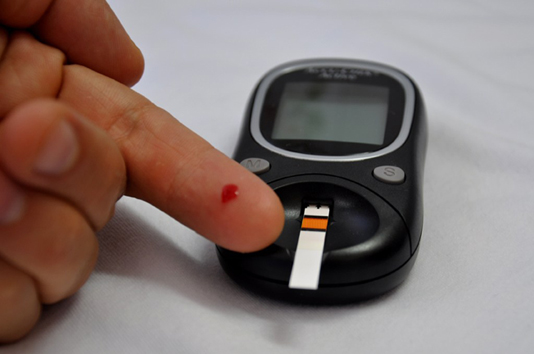CHICAGO, Dec. 23, 2018 (BSS/XINHUA) – Two drugs commonly prescribed to
treat Type 2 diabetes carry a high risk of cardiovascular events such as
heart attack, stroke, heart failure or amputation, according to a
Northwestern Medicine (NU) study.
The two drugs, sulfonylureas and basal insulin, are commonly prescribed to
patients after they have taken metformin, a widely accepted initial Type 2
diabetes treatment.
The observational study used data from 132,737 patients with Type 2
diabetes who were starting second-line treatment.
Some 60 percent of the patients nationwide who need a second-line drug are
prescribed one of these two drugs, the study found. Yet, patients who take
one of these two drugs, 36 percent more for sulfonylureas and twice as likely
for basal insulin, are more likely to experience cardiovascular harm than
those taking a newer class of diabetes drugs known as DPP-4 inhibitors.
“According to our findings, we only have to prescribe basal insulin to 37
people over two years to observe one cardiovascular event, such as a heart
attack, stroke, heart failure or amputation,” said lead author Matthew
O’Brien, assistant professor of general internal medicine and geriatrics at
NU Feinberg School of Medicine and a Northwestern Medicine physician. “For
sulfonylureas, that number was a bit higher, 103 people. But when you apply
these numbers to 30 million Americans with diabetes, this has staggering
implications for how we may be harming many patients.”
Physicians should consider prescribing newer classes of antidiabetic
medications, such as GLP-1 agonists or liraglutide, SGLT-2 inhibitors or
empagliflozin, and DPP-4 inhibitors or sitagliptin, more routinely after
metformin, rather than sulfonylureas or basal insulin, the researchers
suggest.
These drugs, however, are more expensive than the sulfonylureas.
This is the first study to compare how each of the six major second-line
drugs impact cardiovascular outcomes in Type 2 diabetes patients taking a
second diabetes medication.
The study was published Dec. 21 in JAMA Network Open.



